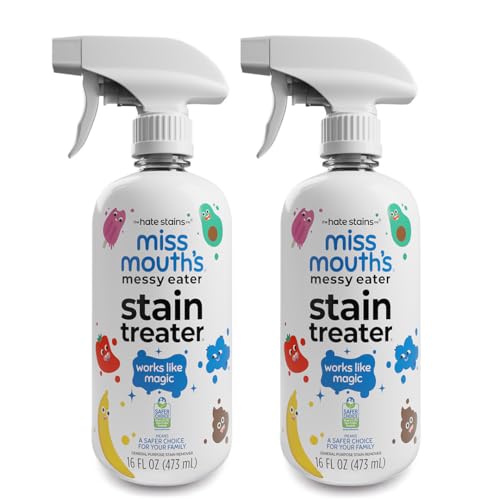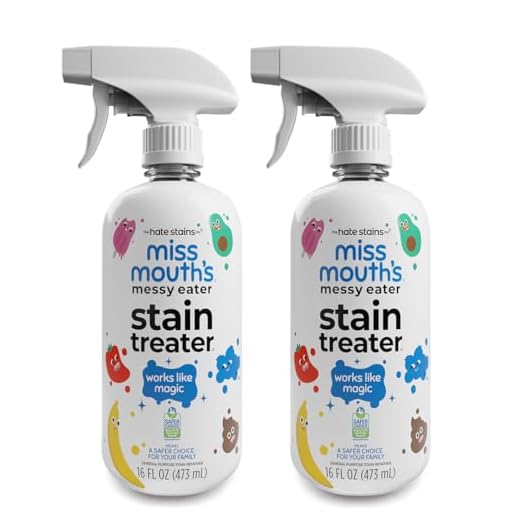

Act quickly when a splash of this beloved beverage hits your favorite garments. First, blot the affected area with a clean cloth or paper towel to absorb as much liquid as possible. Avoid rubbing, as this can push the liquid deeper into the fibers.
Next, rinse the spot with cold water immediately. Hold the fabric under a stream of water, letting it flow from the back of the material to the front. This technique helps to push the liquid out rather than spreading it further.
After rinsing, apply a stain remover or a mixture of dish soap and hydrogen peroxide. Allow it to sit for a few minutes before washing the item in cold water. Always check the care label for specific washing instructions. If the stain remains after the first wash, repeat the process before drying, as heat can set the discoloration.
Lastly, consider preventative measures. Wearing an apron or using coasters can protect your favorite outfits during gatherings. Being proactive helps ensure your attire remains pristine while you enjoy your drink.
Impact of Dark Beverage on Fabrics
Immediate action is crucial when dealing with a spill from this deep-hued libation. First, blot the affected area with a clean, dry cloth to absorb as much liquid as possible. Avoid rubbing, as this can push the liquid deeper into the fibers.
For effective removal, sprinkle salt onto the stain while it is still wet. Salt acts as an absorbent, drawing out some of the color. Let it sit for several minutes before gently brushing it off.
Next, rinse the fabric with cold water from the backside of the stain. This helps to push the remaining pigment out of the material rather than embedding it further.
After rinsing, treat the area with a mixture of dish soap and hydrogen peroxide, which can be effective for many fabrics. Apply the solution and let it sit for about 30 minutes before rinsing again.
Finally, launder the item as per the care instructions. Always check the stain before drying; heat can set it permanently. If any trace remains, repeat the treatment before drying.
Understanding the Composition of Red Wine Stains
For effective removal, it’s crucial to understand the components of these discolorations. The primary culprits are anthocyanins, tannins, and acids, all of which contribute to the dark hue and adherence to fabrics.
Anthocyanins are pigments responsible for the deep red color. They bond tightly with fibers, making them difficult to eliminate. Tannins, typically derived from grape skins and seeds, add both astringency and complexity. These compounds can interact with proteins in materials, leading to further staining issues. Lastly, the presence of acids can cause fabric fibers to break down, which may worsen the stain’s appearance if not treated promptly.
To tackle these challenges, a quick response is necessary. Blot the area immediately with a clean cloth to absorb excess liquid. Follow up with a mixture of cold water and white vinegar or club soda to neutralize the pigments. Avoid hot water, as it can set the stain.
| Component | Effect on Fabrics | Removal Strategy |
|---|---|---|
| Anthocyanins | Tightly bonds with fibers | Cold water and vinegar solution |
| Tannins | Interacts with proteins | Blotting and enzymatic detergents |
| Acids | Can weaken fabric | Avoid hot water; use cold treatments |
In conclusion, knowledge of these elements aids in effective treatment. Using the right approach minimizes damage and improves the chances of complete removal.
Immediate Steps to Take After a Red Wine Spill
Act without delay. Blot the affected area gently with a clean, dry cloth or paper towel. Avoid rubbing, as this can push the liquid deeper into the fabric.
Materials Needed
- Clean cloth or paper towels
- Cold water
- White vinegar or baking soda
- Salt
Step-by-Step Guide
- Blot the spill immediately to absorb as much liquid as possible.
- Rinse the area with cold water from the back of the fabric to help push the liquid out.
- For persistent marks, apply a mixture of equal parts white vinegar and water, or sprinkle salt to absorb the remaining liquid.
- Let the solution sit for a few minutes, then rinse again with cold water.
- Repeat if necessary until the blemish fades.
After these steps, launder as usual, following the care instructions on the label.
Home Remedies for Removing Red Wine Stains
White vinegar and dish soap create a potent solution against those unsightly marks. Mix one part vinegar with one part dish detergent, apply directly to the affected area, and let it sit for about 30 minutes before rinsing with cold water.
Baking soda acts as an absorbent and can help lift the color. Make a paste by combining baking soda with water, apply it to the blemish, and scrub gently after 15 minutes. Rinse thoroughly.
Club soda works wonders due to its carbonation. Pour it over the blot and blot with a clean cloth. Repeat until the discoloration fades.
For a more natural approach, a mixture of hydrogen peroxide and dish soap can be effective. Combine two parts hydrogen peroxide with one part soap, apply to the spot, and allow it to sit for a few minutes before rinsing.
Salt can absorb excess liquid. Sprinkle it generously on the spill, let it sit for a few minutes, then rinse with cold water.
Always test any solution on a hidden area first to ensure no damage occurs to the fabric before applying it to the visible mark.
Commercial Products That Help with Red Wine Stains
For tackling those pesky blemishes, a variety of specialized products are available on the market. One highly recommended option is a stain remover spray, such as Wine Away. This product is formulated specifically to eliminate the pigments found in dark beverages, making it a top choice for immediate application on affected fabrics.
Another reliable option is OxiClean MaxForce. This versatile stain treatment can be effective on a range of marks, including those from deep-colored drinks. Just apply it directly to the spot and let it sit for a few minutes before washing.
Stain-Removing Kits
Stain-removing kits, like the one from Zout, often include multiple products designed to treat different types of blemishes. These kits usually contain a pre-treatment solution and an enzymatic cleaner, providing a comprehensive approach to fabric care.
Portable Solutions
If you’re out and about, consider carrying a pen-style stain remover, such as Tide To Go. This convenient tool allows for on-the-spot treatment, minimizing the chances of permanent damage. Simply apply it to the area, blot, and continue enjoying your evening.
Preventive Measures to Protect Your Attire from Stains
Always opt for darker or patterned fabrics when attending events where spills are likely. These textiles can hide blemishes better than lighter shades.
Consider using a fabric protector spray before wearing an outfit. This creates an invisible barrier that can help repel liquids, making cleanup easier.
When dining, maintain a safe distance from your plate and glass. This simple habit minimizes the risk of accidental spills on your garments.
Keep a stain-removal stick or pen in your bag. Quick access allows for immediate action if an unfortunate incident occurs.
Change into less formal attire while eating, especially with messy foods. This reduces the chance of damaging your favorite outfits.
Invest in a stylish apron for cooking or serving. It provides a protective layer, especially when handling dishes that may splatter.
Lastly, familiarize yourself with the specific cleaning requirements of your garments. Some materials may require special care or professional cleaning methods.
For an interesting culinary tip, check out this guide on how to cook mangetout. It pairs well with various meals and can enhance your dining experience.
FAQ:
Can red wine really stain clothes, and how does it happen?
Yes, red wine can stain clothes due to the pigments and tannins it contains. The dark color of red wine comes from anthocyanins, which are compounds found in grape skins. When red wine spills on fabric, these pigments penetrate the fibers, making it difficult to remove the stain. Tannins can also bond with the fabric, further complicating the cleaning process. The longer the wine sits on the material, the harder it becomes to clean.
What are the best methods to remove red wine stains from clothing?
To remove red wine stains from clothes, there are several methods you can try. One popular approach is to use salt, which can absorb the wine. Sprinkle salt on the stain immediately, let it sit for a few minutes, then rinse with cold water. Another effective method involves using white wine or club soda to neutralize the stain before washing the item in cold water. For tougher stains, a mixture of hydrogen peroxide and dish soap can be applied. Always remember to test any cleaning solution on a hidden area of the fabric first to ensure it won’t cause damage.
Are there any preventative measures to avoid red wine stains on clothing?
Yes, there are several preventative measures you can take to reduce the risk of red wine stains. First, consider wearing darker clothing when drinking red wine, as it can help mask any potential spills. Additionally, using a wine glass with a stem can help minimize contact with your clothing. If you’re hosting a gathering, having napkins or coasters readily available can encourage guests to be cautious with their drinks. Finally, applying a fabric protector spray to your clothes can create a barrier against stains, making them easier to clean if an accident occurs.








